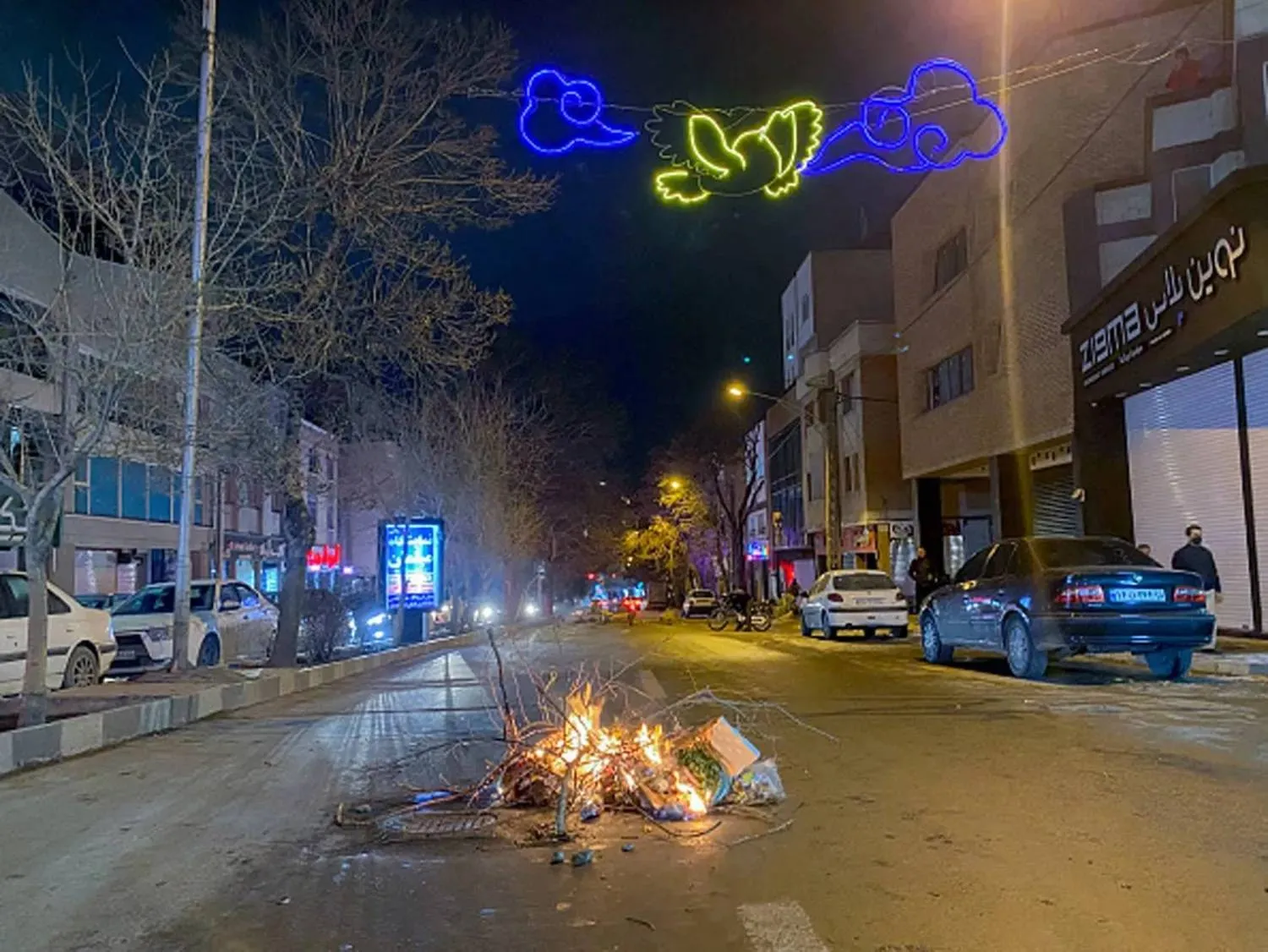Several questions have been raised about Israel's ability to assassinate top Hezbollah operatives. The latest was the assassination on Tuesday of top commander Fouad Shukur in the party’s stronghold in Beirut’s southern suburbs.
Many people have wondered how Israel has managed to pinpoint Shukur’s exact location at a time when Hezbollah commanders should be exercising extreme caution after Israel vowed to avenge the killing of 12 youths in an attack on Majdal Shams in the Israeli-occupied Golan Heights over the weekend. Hezbollah has denied its involvement in the strike.
Wealth of information
Founder and CEO of the Institute for Near East and Gulf Military Analysis (INEGMA) Riad Kahwaji told Asharq Al-Awsat that several advanced technologies are used in spy operations, such as monitoring mobile phones, face recognition cameras, drones and satellites.
However, this technology is useless to the Israelis without information about members of Hezbollah, such where they live, their telephone number and how they actually look like, he explained.
Informants and spies are on the ground to help in these assassinations, he stressed.
“Assuming that Hezbollah leaders are not using mobile phones, the only way to know that Shukur was in the targeted building was if someone had followed him and informed the Israelis of his location,” he went on to say.
There is no doubt that Israel has greatly infiltrated Hezbollah and knows its security measures, allowing it to have committed this number of assassinations of senior figures, as well as members who are not known to the public, but only to the party, Kahwaji said.
Network of agents
Retired general George Nader agrees with Kahwaji that Hezbollah has been infiltrated by a complex network of spies.
Without this network, how could Israeli drones have possibly targeted a Hezbollah member as soon as he crossed a certain location? he wondered in remarks to Asharq Al-Awsat.
No regular person could possibly know the movement of these commanders and their locations. These networks of agents are inside the party in Lebanon, as well as in Syria and Iran, he stated.
Lax measures
Head of the Middle East Center for Strategic Studies retired Brigadier General Dr. Hisham Jaber noted that there are a number of factors that have led to the success of Israeli assassinations.
Hezbollah has been breached and its agents have infiltrated the party, he told Asharq Al-Awsat.
The Israelis also have data on all the Lebanese people, including members of the resistance [Hezbollah] and its leaders. It boasts advanced technology, satellites and the support of American and European intelligence.
Lax security measures by some members of Hezbollah are also another factor that have led to assassinations, he remarked.
Given the tensions in wake of the Majdal Shams attack, a senior member such as Shukur should not have been at his home or at a place he often frequents, he explained.
Notable assassinations
Israel has succeeded since November in carrying out a number of assassinations against Hezbollah.
In November, it assassinated the son of Hezbollah MP Mohammed Raad and four others, who are members of the al-Radwan unit. They were killed in a drone strike that targeted a house they were in.
On January 2, Israel assassinated leading Hamas member Saleh al-Arouri in a strike in the heart of Hezbollah’s stronghold in Beirut’s southern suburbs. It fired rockets at an apartment where he was meeting with Qassam Brigades field commanders.
Days later, on January 8, Israel succeeded in killing Radwan unit commander Wissam Taweel while he was returning home to a southern Lebanon village. It killed prominent members Taleb Abdullah in June and Mohammed Nasser in July.









